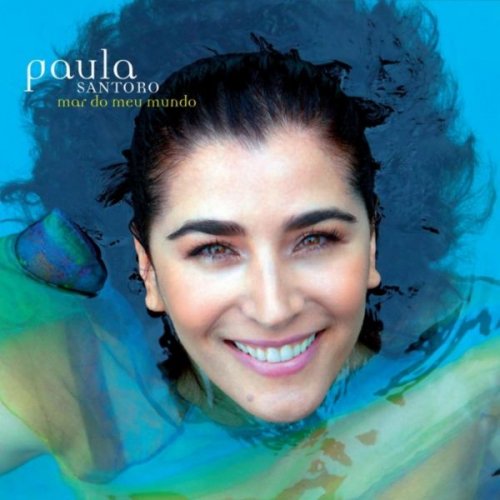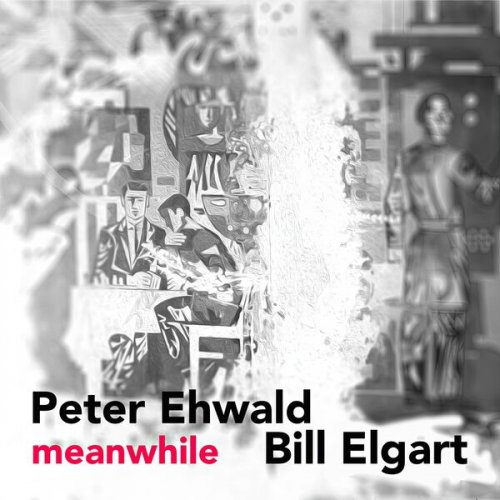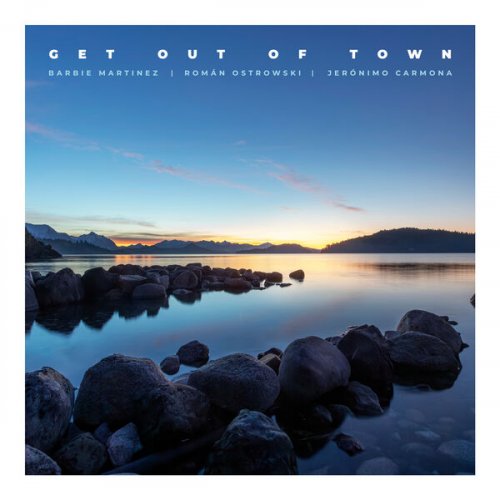Monocled Man feat. Chris Montague - Ex Voto (2021)
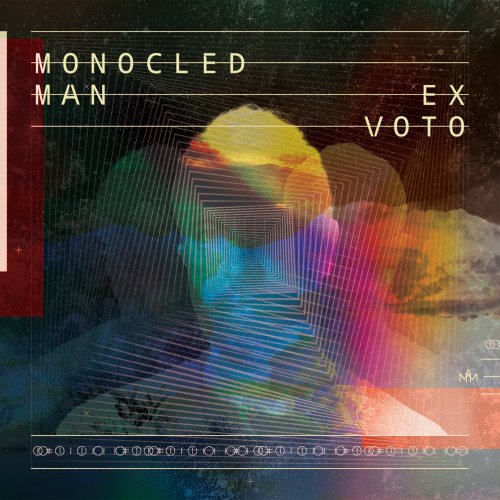
Artist: Monocled Man, Chris Montague, Rory Simmons, Jon Scott
Title: Ex Voto
Year Of Release: 2021
Label: Whirlwind Recordings
Genre: Jazz, Electronic, Nu Jazz
Quality: FLAC (tracks) / MP3
Total Time: 51:42
Total Size: 314 / 133 MB
WebSite: Album Preview
Tracklist:Title: Ex Voto
Year Of Release: 2021
Label: Whirlwind Recordings
Genre: Jazz, Electronic, Nu Jazz
Quality: FLAC (tracks) / MP3
Total Time: 51:42
Total Size: 314 / 133 MB
WebSite: Album Preview
01. End Signs
02. Przhevalsky
03. Sense
04. Gemstones
05. Tin Skulls
06. Heksen Romance
07. Siler Woods, Pt. 1
08. Cellarius Shores
09. Natural 93
10. Amongst the Machines
11. Siler Woods, Pt. 2
Personnel:
Rory Simmons - trumpet/flugelhorn electronics/synths
Jon Scott - drums
Chris Montague - electric guitar acoustic guitar
Trumpeter, producer and composer Rory Simmons summons his iconoclastic musical vision on the latest genre-blurring Monocled Man album, ‘Ex Voto’. Here, the omni-appreciative trio (Simmons, Chris Montague and Jon Scott) travel down a groove-adjacent pathway in search of solemn industrial soundscapes.
Simmons’ cultural inquisitiveness forms a treasure-trove of musical touchstones, which he uses to sculpt a sound that’s truly his own. ‘Ex Voto’ (‘an offer given in order to fulfil a vow’) represents another idiosyncratic journey, this time inspired by Victorian novelist Samuel Butler and his work of the same name. The themes found in both Ex Voto and Butler’s magnum opus Erewhon punctuate the album, as the trio conjure visceral musical excitement from base ideas on dystopia and politics.
‘Ex Voto’ is an opportunity for Monocled Man to tread new ground. Close collaboration between Simmons and Scott prompted a creative shift with more emphasis on both groove and production value. “A lot of the touchstones for the record are cinematic, ambient, industrial soundscapes,” Simmons explains. “I still wanted it to sound English too, whilst tipping European noir.”
‘End Signs’ opens; solemn and dark, it’s partly inspired by Mexican author Yuri Herrara’s novel ‘End Signs Preceding The End Of The World’. A noisy bedrock rumbles, while Kenny Wheeler meets Tomasz Stańko in the melody flying overhead. Russian explorer Nikolay Przhevalsky inspires the second track, as Simmons pits M-base, Prince-like neo-soul against glitching samples and synths. ‘Gem’ is more angular, but groove still features in industrial-sounding looped beats – “melodically, it’s like a Dave Douglas track wrapped in noisy industrial samples.”
Butler’s eerie influence is never far away, not least in ‘Tin Skulls’ (as close to a ballad as Ex Voto gets). Here, Montague finds a brittle, county/post-rock acoustic sound that becomes one of the album’s essential timbres. ‘Heksen Romance’ references a different aspect of Butler’s work – a nod to the imagery of 20th Century Scandinavian witchcraft and early Swedish cinema, the psychedelia of Can and Tortoise comes to the fore on a track driven by Scott’s powerful playing.
Expansive production gives ‘Siler Woods’ unexpected depth, hazily wafting along with notes of Mary Halvorson. Montague’s high-intensity soloing climaxes on ‘Sense’ (“this is Chris’ moment to tear it apart”) – and more gnarly guitar sounds emanate through ‘Shores’ – “this started like a contemporary jazz track, that gradually returned to contemporary production.” ‘Natural 93’ conjures more vivid cinema – think ‘This is England ‘90’ – where breathy autotuned voices are weirdly distorted, evolving almost indiscernibly. ‘Amongst the Machines’ relates back to Butler’s writing on technology, and the album closes with ‘Siler Woods Reprise’ – Montague’s wild, Bailey-like acoustic shredding as snatches of sound are stitched together, edges exposed.
“I wanted to make a record that was darkly cinematic and ambient but with big washes of industrial sound,” Simmons says. “I didn’t want to make a record based on how I would play it live, I wanted to make something I could sculpt, and create something really original.” Simmons continues to find new ground through his thought-provoking, uncategorizable music.
Simmons’ cultural inquisitiveness forms a treasure-trove of musical touchstones, which he uses to sculpt a sound that’s truly his own. ‘Ex Voto’ (‘an offer given in order to fulfil a vow’) represents another idiosyncratic journey, this time inspired by Victorian novelist Samuel Butler and his work of the same name. The themes found in both Ex Voto and Butler’s magnum opus Erewhon punctuate the album, as the trio conjure visceral musical excitement from base ideas on dystopia and politics.
‘Ex Voto’ is an opportunity for Monocled Man to tread new ground. Close collaboration between Simmons and Scott prompted a creative shift with more emphasis on both groove and production value. “A lot of the touchstones for the record are cinematic, ambient, industrial soundscapes,” Simmons explains. “I still wanted it to sound English too, whilst tipping European noir.”
‘End Signs’ opens; solemn and dark, it’s partly inspired by Mexican author Yuri Herrara’s novel ‘End Signs Preceding The End Of The World’. A noisy bedrock rumbles, while Kenny Wheeler meets Tomasz Stańko in the melody flying overhead. Russian explorer Nikolay Przhevalsky inspires the second track, as Simmons pits M-base, Prince-like neo-soul against glitching samples and synths. ‘Gem’ is more angular, but groove still features in industrial-sounding looped beats – “melodically, it’s like a Dave Douglas track wrapped in noisy industrial samples.”
Butler’s eerie influence is never far away, not least in ‘Tin Skulls’ (as close to a ballad as Ex Voto gets). Here, Montague finds a brittle, county/post-rock acoustic sound that becomes one of the album’s essential timbres. ‘Heksen Romance’ references a different aspect of Butler’s work – a nod to the imagery of 20th Century Scandinavian witchcraft and early Swedish cinema, the psychedelia of Can and Tortoise comes to the fore on a track driven by Scott’s powerful playing.
Expansive production gives ‘Siler Woods’ unexpected depth, hazily wafting along with notes of Mary Halvorson. Montague’s high-intensity soloing climaxes on ‘Sense’ (“this is Chris’ moment to tear it apart”) – and more gnarly guitar sounds emanate through ‘Shores’ – “this started like a contemporary jazz track, that gradually returned to contemporary production.” ‘Natural 93’ conjures more vivid cinema – think ‘This is England ‘90’ – where breathy autotuned voices are weirdly distorted, evolving almost indiscernibly. ‘Amongst the Machines’ relates back to Butler’s writing on technology, and the album closes with ‘Siler Woods Reprise’ – Montague’s wild, Bailey-like acoustic shredding as snatches of sound are stitched together, edges exposed.
“I wanted to make a record that was darkly cinematic and ambient but with big washes of industrial sound,” Simmons says. “I didn’t want to make a record based on how I would play it live, I wanted to make something I could sculpt, and create something really original.” Simmons continues to find new ground through his thought-provoking, uncategorizable music.
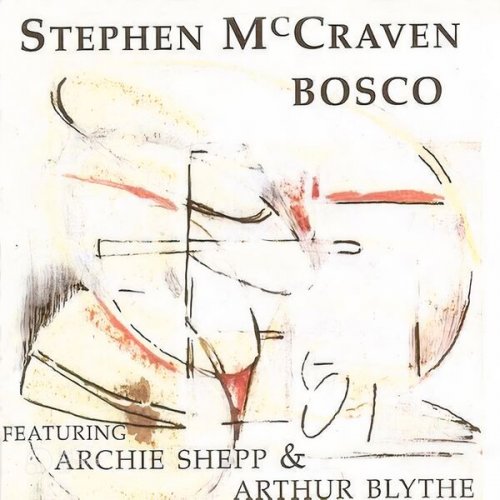
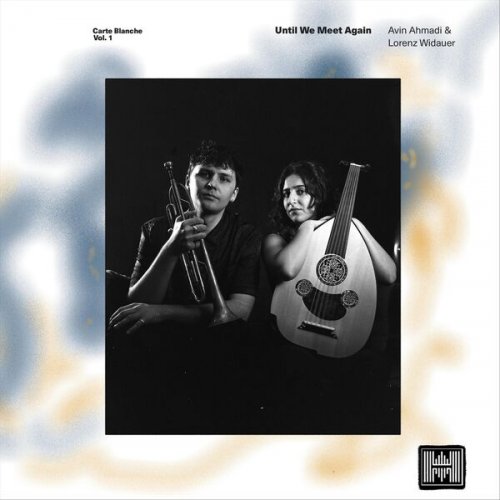

![Nectar Woode - Live at Village Underground (Live At Village Underground) (2025) [Hi-Res] Nectar Woode - Live at Village Underground (Live At Village Underground) (2025) [Hi-Res]](https://img.israbox.com/img/2025-12/15/eiazyx7yigt2lhbv1tcd3eos6.jpg)
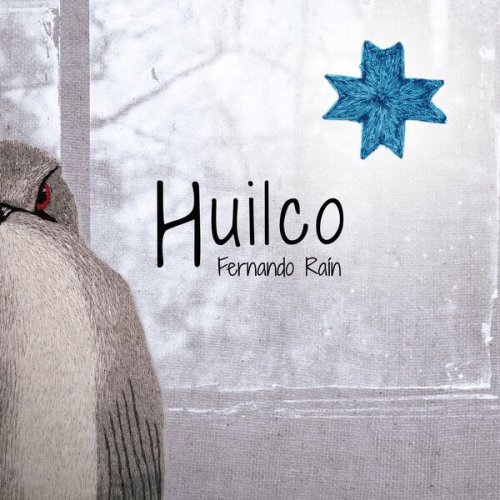
![Tomasz Stanko - Unit (Polish Radio Sessions vol. 2/6) (2025) [Hi-Res] Tomasz Stanko - Unit (Polish Radio Sessions vol. 2/6) (2025) [Hi-Res]](https://www.dibpic.com/uploads/posts/2025-12/1765796826_cover.jpg)
